
|
μFT Lenses - Brief User Notes
|

|
My other articles related to the |
|
Here are my brief notes on Micro Four Thirds lenses I'm currently using, having started in 2012, when the fate of Olympus E-Series (and the Four Thirds standard) became clear. They are listed in the order I acquired them.
Not being a lens junkie, I get them only as I need them. So far I have just eight. Here they are. Just in case: the full μFT Lens Table.
| MZD 12-50 mm F/3.5-6.3 EZ This was my first μFT lens. It is quite different from any other. Most μFT "standard zooms" go from 14 to 42 mm, this one extends that on both ends; especially the extra 2 mm at the wide end makes a difference. Then, it had to be small and lightweight. To achieve that, a sacrifice had to be made: maximum aperture at the long end being F/6.3. Zooming is "by wire", motorized. By pushing or pulling the ring, you switch between two zooming modes and (with a button press) a macro mode: fixed focal length, a field just 35 mm wide. The lens became a whipping boy: small aperture, optics beloW expectations. Still, I believe this is a reasonable compromise between specs, portability and performance not to mention cost): you cannot have it all. This is a good-enough, all-around lens to start building an OM-D system. I'm quite satisfied with my image samples, shot with this lens:
True, the MZD 12-40/2.8 is brighter and sharper, but it is twice as expensive and almost twice as heavy. My main problem with the 12-50/3.5-6.3 is that is is too costly at $500. Priced between $300 and $400 it would be a real contender.
| 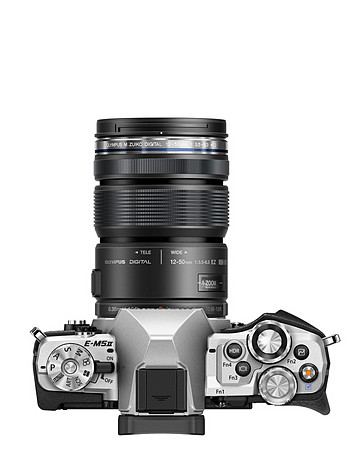
| MZD 40-150 mm F/4.0-5.6 R ED Yes, it is cheap. And yes, it is made of plastic, even the mount. So technically this is a cheap, plastic lens. I bought it before a vacation trip, as I needed a medium range telephoto zoom for the newly-acquired E-M5, to carry around all the time; at 190 g and just 83 mm long, this lens certainly meets these requirements. I think I paid $150 or so. After the first year, I developed a kind of grudging respect for this lens and was no longer afraid to use it. Actually, I've shot a wedding with it (ISO 1600, no flash). Have a look at some of my samples shot with this lens:
Inspect the corners: most respectable. Best at short and medium, but still quite good at the long end, especially when closed down one stop. And if you don't want this cheap, plastic lens — what are the alternatives?
| 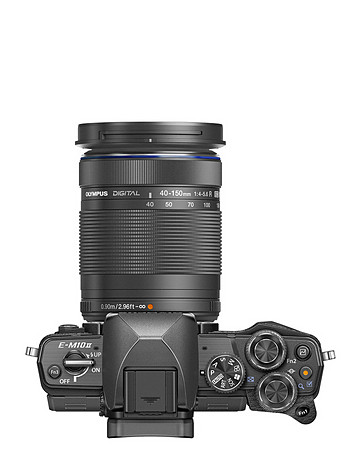
| MZD 75-300 mm F/4.8-6.7 ED I needed a 300 mm focal length for wildlife and birds. This is not the one you should get early when you build a system, but I really itched for it. At the time, there was one other option: Lumix G 100-300/4.0-5.6, but after checking some samples, I chose the MZD, in spite of the 1/2-stop aperture disadvantage. Since then Olympus released Version II (shown here), with different barrel cosmetics and new multicoating. Some images:
At 423 g and only 117 mm long, you don't have to think twice if it stays in your camera bag. It is not so expensive, either, at around $500. Still, if you want to go for premium optics, there is the MZD 300/4.0 IS PRO: three times heavier, twice as long, $2500. My choice, though, would be the DG Vario-Elmar 100-400/4.0-6.3 from Panasonic (almost as heavy and expensive). Good news: my measurements show that E-M1 Mk.II provides for this lens at 300 mm 3 EV of image stabilization, as compared to 2 EV for the original E-M1. At these focal lengths, it comes very handy!
| 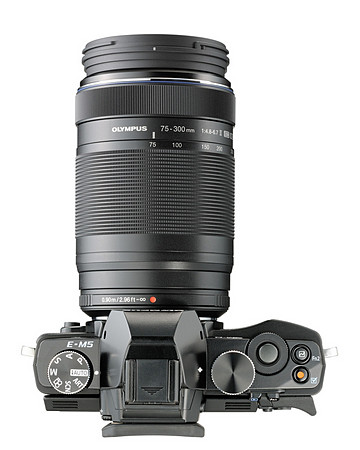
| This is one of my favorite μFT lenses, at least among those I've tried. It is also the only prime in this set. As for depth of field and image angle, it behaves like a 150 mm F/3.6 on a full-frame 35-mm camera. This is close to 135/3.5, at the time recognized as a desirable "long portrait" standard (the F/2.8 version was more expensive and therefore less common). The lens is quite sharp within the depth-of-field range, and provides nice out-of-focus rendition far from it. Sometimes this becomes three-dimensional in perception, really nice. The resolution is quite good fully-open, leveling off around F/2.8. Build and finish feel good; the only thing I'm missing is the option to go MF by pulling the focus ring. Regrettably, I have just a few sets of sample images from this lens, none of them involving people (and this is what this lens was designed for):
At $800 or so, this lens is quite expensive for a non-exotic prime, but it seems to be the only option (among AF lenses, at least) at this focal length and aperture combination.
| 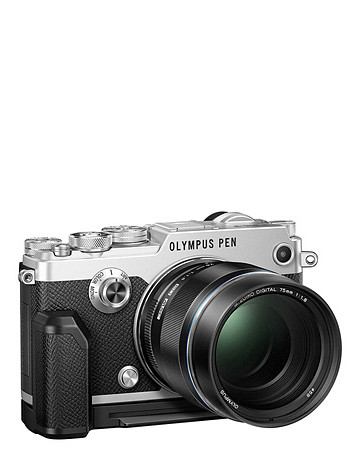
| Olympus makes this lens to be used as a standard zoom on the smaller Pen cameras. The construction is (telescopic) collapsible, motor-driven, and zooming is motorized, too. I bought this lens for use with the E-PM2, my emergency backup body, when it is not serving as such. It should also work great with the E-M10 for street-shooting. One day, when nobody's looking, I'm going to mount it on the E-M1. Sometimes I travel "without a camera". That's when I take the E-PM2 and this lens along, each in a separate pocket. If there is one thing which would impress me about this lens, it's the size: when retracted, it is just 23 mm long. Optically, this is the worst Olympus lens I own (note I said "Olympus"). This does not mean that it is bad, only that the others are better, at least in terms of resolving power.
Still, when I had one of the lake shots printed at 12×16" (30×40 cm), it looked like a million dollars.
| 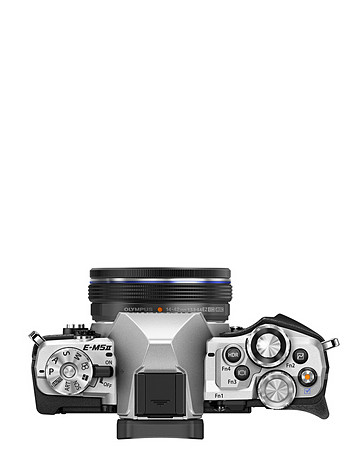
| MZD 12-40 mm F/2.8 PRO This is the "better standard zoom" of the Olympus μFT offer, as indicated by PRO in its designation. Lenses of this group have more ambitious specifications, are made of better materials (metal barrels) and to higher standards; they are also weather-proof. The extras include an assignable function button and focus clutch. The last item means that pulling the focus ring back switches the camera from AF into Manual Focus mode. Together with automatic finder magnification and/or focus peaking this is an option many find useful. Even the hoods which come with these lenses are improved with unlock buttons; this is more practical than it may seem. What is especially nice here is the constant maximum aperture of F/2.8: at the long end the lens can be used for portraits — obviously, it won't even come close to the 75/1.8, but this is a general-use lens, remember. This lens also has a close-up capability: at the long end it allows for a field just 55 mm wide. My close-up samples show, that stopped down by one, or better two, stops, it can produce very nice images in such situations. Optically, the lens is just outstanding, so that I don't even blame it for being — how to put it mildly? — a little bit boring...
| 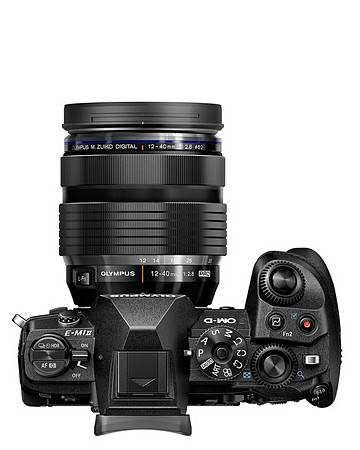
| Another member of the exclusive PRO family, this time the "bigger standard zoom". Compared to the 12-40/2.8, you get 2.5× the focal length at the long end, at the expense of one F-stop in aperture, 180 g in extra weight (only?), 36 mm extra length, and $300. "Olympus should have made it F/2.8!", some say. Our school system, again. Doubling the area of the entrance pupil would, I'd say, double or triple the weight, even disregarding other complications. The lens has all perks of the PRO level as listed above, plus one extra: its own, internal image stabilization. On the E-M1 (both versions) it works together with the body-based IS to provide some record-breaking benefits. Olympus says the gain is 6.5 EV (90×); my results show a more conservative (and realistic) 4.3 EV (20×), which still is most impressive. In my experiment at 100 mm I was getting a 50% success rate (no blur) at exposures of .7 s (sitting, elbows unsupported). This, indeed, looks like a perfect travel lens, if a heavy one. It covers 95% of my travel photography needs. I'm still learning how to best use it.
| 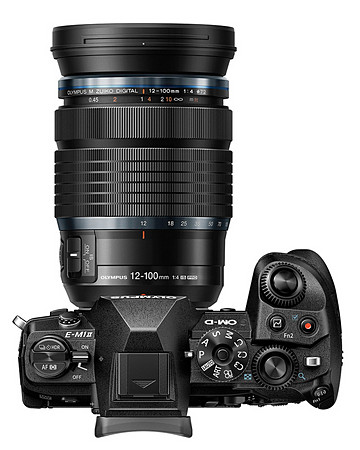
| Leica DG 8-18 mm F/2.8-4.0 A close-to-perfect wide zoom for me. Goes from super-wide (admittedly not 7 mm but next best) to almost-normal angle — less lens-swapping than with a 7-14 mm zoom, believe me. Also, it is a lot lighter and smaller than the MZD 7-14/2.8, being close to the Lumix 7-14/4.0. And, on top of all that, it takes regular filters (67 mm). The lens leaves (most of?) geometric distortion uncorrected optically (i.e. in the glass); the camera deals with it instead at the image-processing stage, transparently to the user. This greatly simplifies correcting for other optical flaws. and helps in keeping lens parameters in check. (This works on Olympus bodies too.) As a result, Panasonic successfully delivered one of the best-performing and delightful to use lenses in the μFT format; almost instantly it became a part of my basic two-lens setup, along with the MZD 12-100. Here is the full report on this lens and some sample images (all done with the E-M1 Mk.II):
| 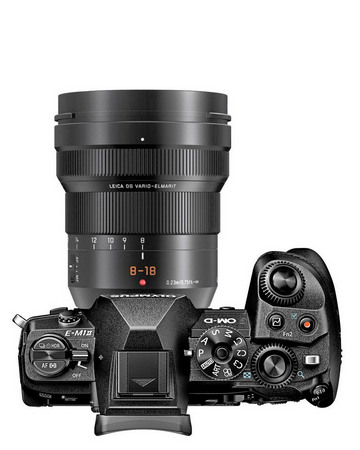
| What next? While at present I don't feel a pressing need for any particular lens available, I'm sure that Olympus and Panasonic engineers are already hard at work on something I just will have to get. We will see that soon. | ||

|
My other articles related to the |
| This page is not sponsored or endorsed by Olympus (or anyone else) and presents solely the views of the author. |
| Home: wrotniak.net | Search this site | Change font size |
| Posted 2017/08/03; last update 2019/05/21 | Copyright © 2017-2019 by J. Andrzej Wrotniak |